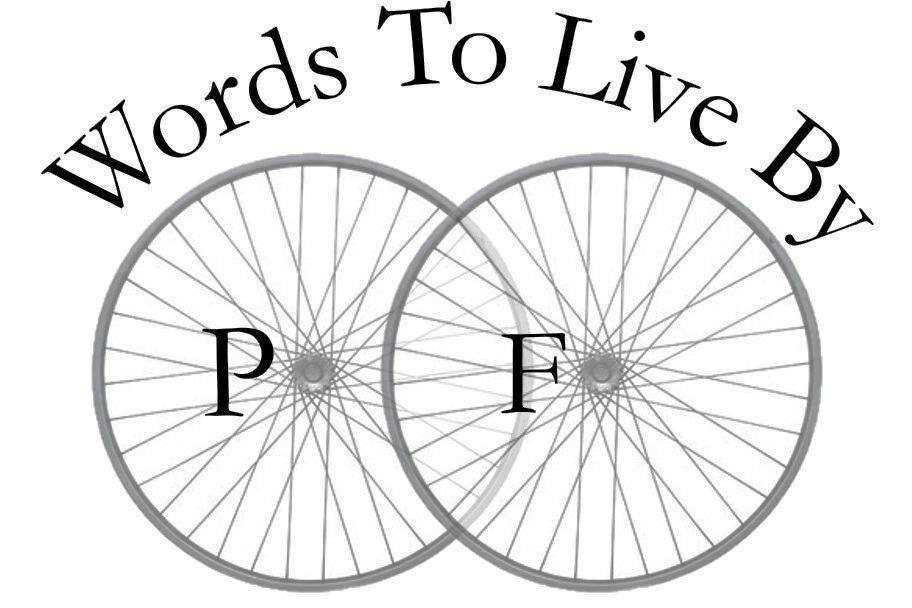Mech advantage
I’d begun this bicycle intending to drop the lower end of gearing. I undersold myself as more hopelessly unfit than I actually am. Thus I persisted in an effort to outfit a 50/34 chainset, the denominator in all the important operations to figure out how hard it is to pedal how fast you’re going. My effort to under-gear this bicycle extended to the sprockets where I further took aim at granny-spinning advantages – not the negative mechanical advantage of a triple chainring mountain bike, but definitely approaching a ratio of 1 with a big cog, the numerator, creeping toward 30.
As it has come together, I ended up with the same 53/39 chainring as graces the Cloud Bike. Thank goodness.
Earlier in this very chronicle I denigrated the 11-speed freewheel as too much hype and too little utility. Now I spin another tale, a happy story. The new setup is both more aggressive and more forgiving.
On the top end, it pushes a gain ratio that’s 5 percent bigger than the Cloud Bike. Even more pronounced is on the bottom end, on the high gears, where Hugo Black tops out at a 24-percent easier pedal combination.
A small bit of that is longer crank arms, 177.5 mm on the new ride, a full 5 mm longer than the Athena cranks from 1994. Frankly, I don’t understand the math. The bigger part of the expansion is the greater range afforded by 11 gears, from 29 to 12 teeth.
For every foot, meter or furlong the pedals travel through their arcs when in the lowest gear, Hugo Black advances 8.3 feet, meters or furlongs forward along the pavement. Similarly, if the Black bike is shifted up into its highest gear with the biggest cog and smaller chainring engaged, each increment of distance the pedals travel means 2.5 units of forward progress.
Even with the wider range of teeth on the rear cogs, with 11 gears the steps one to the next are much closer – only a one-tooth change between six cogs and its neighbor, followed by three cogs increased in two-tooth increments completed by two cogs three teeth apart from its predecessor. More gear choices, closer together, with performance advancements in shifting technology from materials to derailleur design, from chain construction to tooth transition.
It’s a different experience, smooth as butter and solid shifting, so now changes in mechanics happen quickly, easily and without interruption. It’s like continuous transmission. And the levers are much more positive in feel and action. Most gratifying, I managed to set up the whole system precisely and accurately. Each click is solid and unwavering, even under load. The shift from chainring to chainring is even more surefire, more bulletproof and more readily executed under duress.
That ease of use means I shift more frequently, or at least I am more readily willing to shift because it’s not only a small matter to shift into the most appropriate gear, but it’s a breeze to go right back. It’s impossible, in fact, to determine the efficiency gained by being in the right gear to produce the right cadence, but the anecdotal evidence of my own legs and my own rear tell me the gains are real and they’re fabulous.
The only way to gather more evidence is to go for a ride.
Frame: 1070 grams
Fork: 410
Seatpost: 193
Saddle: 540
Headset: 85
Stem: 155
Handlebars: 269
Levers: 350
Cables and housing: 354
Brakes: 623
Bottom Bracket Cups: 29
Cranks: 585
Chain: 256
Cassette: 292
Rear hub: 293
Running total: 5504 grams, 12.1342429 pounds


